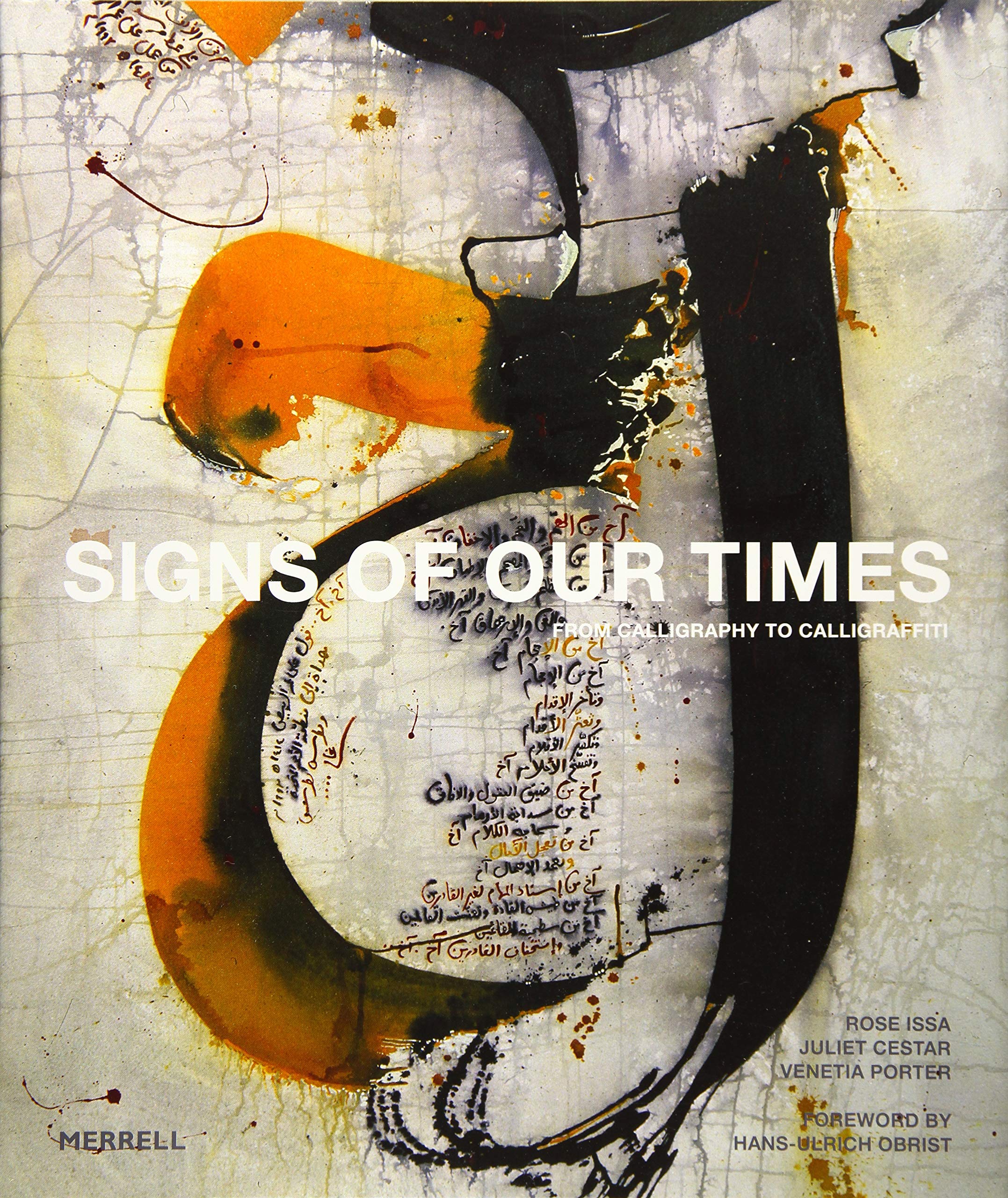
Categorii: Necatalogate, Neclasificat
Limba: Engleza
Data publicării: 2016
Editura: Merrell Publishers Ltd
Tip copertă: Hardcover
Nr Pag: 320
ISBN: 9781858946528
Dimensiuni: l: 25cm | H: 29cm | 3.4cm | 2034g

Authors: Rose Issa , Juliet Cestar , Curator Department of Coins and Medals Venetia Porter
Foreword by Hans-Ulrich Obrist
Signs of Our Times: From Calligraphy to Calligraffiti covers six decades of an art trend led by artists from the Arab world and Iran. Starting in the early 1950s, this alternative and original approach to modernism began with artists who took inspiration from their own cultural sources and combined them with international aesthetics and concepts. This publication considers the work of 50 key artists, ranging from important pioneers of the calligraphic movement to those who use the written word in their work today. The book begins with a contribution from Venetia Porter, curator of Islamic and contemporary Middle Eastern art at the British Museum, who provides a historical contextualization of the movement and its relationship to lettrism in Europe.
In a second essay, the writer and curator Rose Issa presents an overview of 60 years of the art movement in Arab countries and Iran, from the independences of the late 1940s and 1950s to the present day. A timeline by Juliet Cestar, an expert on contemporary Middle Eastern art, then sets out major cultural and historical events in the Middle East over the course of the last 60 years. The main part of the book is divided into three sections, each devoted to a different generation of artists: the first generation of pioneers, who created a new aesthetic language following the independence of their countries; the second generation of artists, who mostly live in exile and who reference their own cultures and languages in their work; and the third generation, comprising contemporary artists who have absorbed international aesthetics, concepts and languages and who occasionally use Arabic and Persian script, or the morphology of letters, in their work. The entry for each artist includes a concise biography and a statement from the artist about their work. The artworks, in a variety of media, are also interspersed with poems and relevant literature, putting into personal and historical contexts the innovative use of words in art.